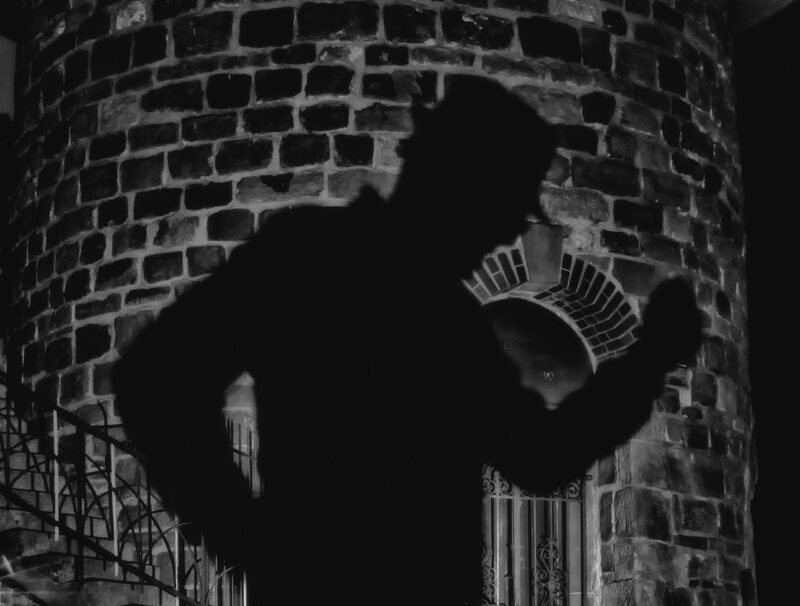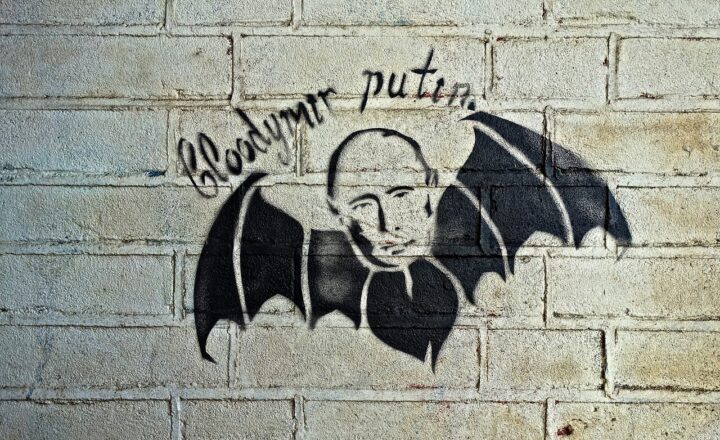How Michael Jackson’s ‘Thriller’ Redefined Music Videos and Pop Culture
November 13, 2024

In November 1982, Michael Jackson released “Thriller,” an album that would go on to become the best-selling record of all time. However, it was not just its musical achievements that changed the landscape of the music industry; the title track, with its groundbreaking music video, fundamentally redefined music videos and pop culture as a whole. This article delves into the significance of Michael Jackson’s “Thriller,” exploring its innovative aspects, cultural impact, and legacy in the realms of music and entertainment.
1. The Birth of the Music Video as an Art Form
Before the release of “Thriller,” music videos were often seen as simple extensions of a song, primarily serving as promotional tools rather than artistic endeavors. Most consisted of basic performance footage with a few visual effects. However, Michael Jackson’s “Thriller” took a different approach, which would later be regarded as a watershed moment in music video history.
The music video for “Thriller” was a cinematic production featuring a narrative, choreographed sequences, and special effects. Jackson teamed up with acclaimed director John Landis, known for works such as “An American Werewolf in London,” to create a 14-minute masterpiece that resembled a short film more than a traditional music video. The elaborate story, captivating visuals, and high-quality production set a new standard for what music videos could achieve.
Not only did it feature Jackson’s iconic dance moves, but it also incorporated a horror theme, complete with zombies and a spooky storyline that engaged viewers from start to finish. Jackson’s commitment to storytelling in music videos was a revolutionary concept and opened the floodgates for artists to explore their creative boundaries in this format.
2. Groundbreaking Visual Effects and Choreography
“Thriller” was not just innovative in its storytelling but also in its use of special effects and choreography. The video featured high-quality makeup and effects designed by Rick Baker, which turned Jackson into a werewolf and a zombie, allowing him to take on the role of an otherworldly being. These chilling elements appealed to pop culture’s fascination with the supernatural.
Moreover, the dance sequences became iconic. The choreography choreographed by Michael Peters and Jackson himself is still widely recognized today, with the zombie dance sequence becoming a cultural touchstone. Quick footwork, synchronized movements, and the overall theatrical presentation captivated audiences, making fans worldwide eager to learn the choreography.
The fusion of horror elements with pop music and dance was unprecedented, illustrating a level of artistry in music videos that had rarely been seen. This set the tone for an entire generation of artists who would follow in Jackson’s footsteps, pushing the envelope in creating immersive music videos.
3. Cultural Impact and Social Commentary
Beyond its artistic achievements, “Thriller” had a profound cultural impact. The music video addressed themes of fear, acceptance, and transformation, reflecting societal issues of the time. The visuals and contents of the video resonated with a diverse audience, transcending cultural and racial boundaries in a way that few pieces of popular media had done before.
During the early 1980s, the American music scene was heavily segregated along racial lines, and Jackson’s ascent to stardom challenged the status quo. Its widespread success helped pave the way for artists of color on platforms like MTV, which had infamously prioritized white artists. Jackson’s impact on the network propelled more diverse content to the forefront, encouraging the inclusion of a broader range of artists in the music video landscape.
Additionally, the video’s haunting yet alluring aesthetic found its way into Halloween culture, with countless iconic costumes and performances inspired by Jackson’s portrayal of zombies and ghouls. The long-lasting cultural influence of “Thriller” continues to shape how we view music videos today.
4. The Importance of Cross-Promotion
The release of “Thriller” showcased the potential for strategic cross-promotion of various entertainment media. Jackson didn’t just release an album; he paired it with this elaborate video, enhancing the overall experience. The synergy between the track and its accompanying visual story pushed the idea that an album could be promoted through its own cinematic representation.
Furthermore, the marketing for “Thriller” utilized multiple channels. The video was broadcast heavily on television and reached millions, while radio and live performances helped maintain public interest. The MTV premiere of the video was met with extensive media coverage, generating significant anticipation and excitement among fans.
As a result, “Thriller” broke viewing records, becoming the first music video to receive heavy rotation on cable television. This innovative approach to distribution and marketing would influence how artists promote their work in subsequent decades, setting the foundation for the music industry’s reliance on visual media for promotion.
5. Legacy: The Enduring Influence of ‘Thriller’
Thriller’s groundbreaking elements have inspired countless artists, from pop and hip-hop to rock musicians over the past four decades. Iconic figures like Beyoncé, Lady Gaga, and Bruno Mars have cited Jackson’s work as a major influence on their artistry. Music videos today continue to draw inspiration from the innovative narrative and production levels exemplified in “Thriller.”
Moreover, ‘Thriller’ remains relevant in contemporary media. The video has been referenced and parodied in various films, television shows, and even video games, cementing its place as a cultural landmark. The Zumba fitness craze capitalized on the dance moves, while various flash mobs and performances around the world bring the choreography to life in modern contexts.
In 2009, the Grammy Award-winning short film was preserved in the National Film Registry, recognizing its significance as a major contribution to American culture. Its ongoing influence is a testament to the unparalleled legacy of Michael Jackson and his transformative work in music videos.
Conclusion: A Transformative Era in Music Video History
Michael Jackson’s “Thriller” succeeded not only as a commercial achievement but also as a turning point in the history of music videos and pop culture. By combining exhilarating storytelling, strong choreography, and incredible production values, Jackson revolutionized what a music video could achieve and inspired future generations of artists.
Through its impact on race relations in music, dance, and popular media, “Thriller” became more than just a song; it became a cultural phenomenon that redefined the relationship between music and visual storytelling. Today, its echoes can be felt in how music is consumed, creating compelling narratives that engage audiences in ways that extend far beyond auditory experiences.
As we continue to celebrate Michael Jackson’s legacy, it’s essential to acknowledge the pivotal role “Thriller” played in shaping modern music culture, one that remains vibrant and ever-evolving. Its legacy will undoubtedly inspire new generations to push the boundaries of creativity and storytelling in the realm of music videos for years to come.






